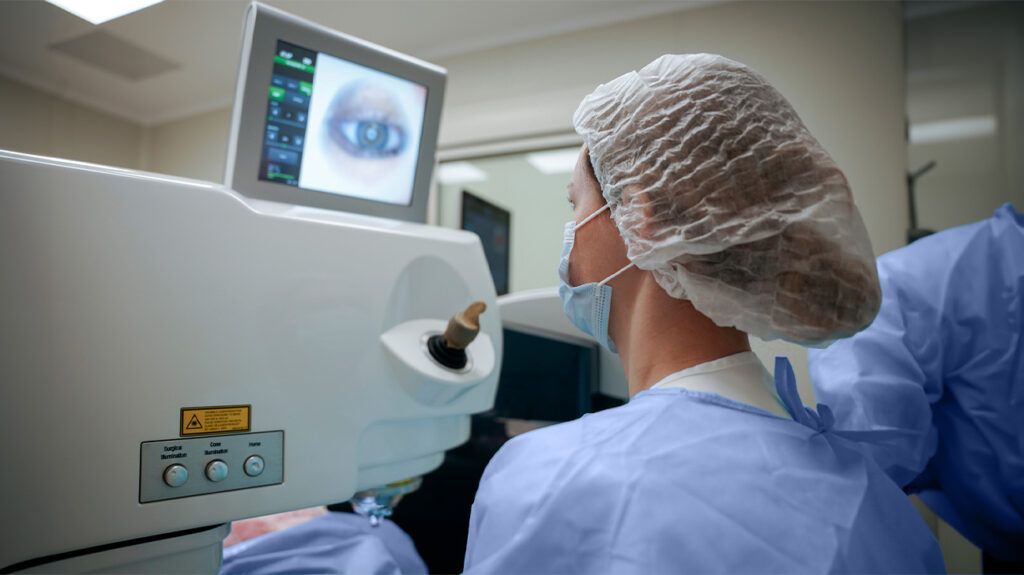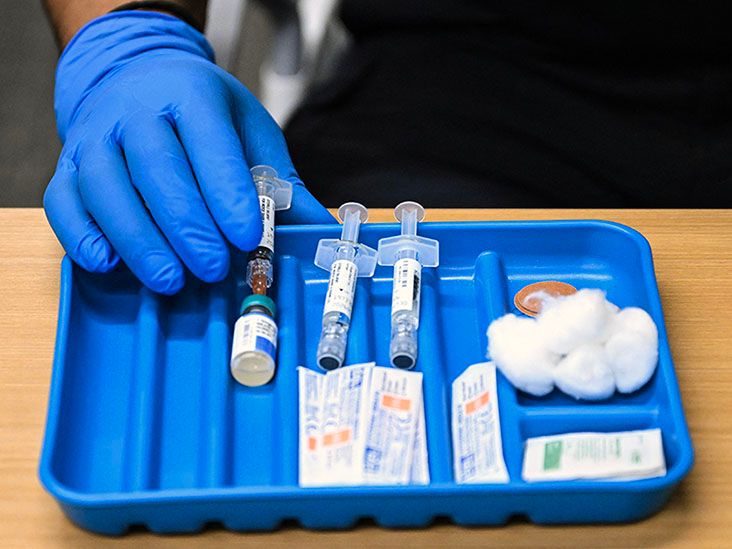The diabetic retinopathy severity scale (DRSS) is a 13-step scale. Healthcare professionals can use the DRSS to measure the severity of diabetic retinopathy in people with diabetes.
Diabetic retinopathy (DR) is an eye condition that can affect individuals with diabetes. Without diagnosis and treatment, those with DR may have vision problems or sight loss.
The DRSS is a measurement system that healthcare professionals use to describe the severity of DR. They can also use it to track how a person’s DR changes with time.
Someone with DR may not have any symptoms at first. However, healthcare professionals can detect DR during regular eye tests and use treatments to prevent their vision from worsening. People can also help prevent DR by taking steps to manage their diabetes.

The DRSS is a method healthcare professionals use to
DR is an eye condition that can
A person’s DR can progress over time, leading to an increased risk of vision loss. Over time, healthcare professionals have used several methods and scales to accurately classify and describe:
- the stage of a person’s DR
- how far it has progressed
- how severe a person’s DR is
What are the stages and types of DR?
DR occurs through different stages of increasing severity. There are two main types of DR:
- NPDR (non-proliferative diabetic retinopathy): People with NPDR may have no symptoms. NPDR can weaken or close off blood vessels in a person’s retina, causing swelling or reduced blood flow in the eye. Small bulges in the retinal blood vessels are known as microaneurysms.
- PDR (proliferative diabetic retinopathy): A person’s NPDR may progress to PDR. This type causes new blood vessel growth on a person’s retina, which can bleed into other parts of the eye. PDR can also cause scarring. People with PDR may have several eye symptoms and eventually experience severe or total vision loss.
Read on to learn more about the differences between NPDR and PDR.
The Early Treatment Diabetic Retinopathy Study (ETDRS) scale
One
The scale
They ask a person to read letters from an eye chart known as an ETDRS chart. This chart has several rows of 5 letters, decreasing in size and, therefore, difficulty. The healthcare professional counts how many letters the person can read correctly at a given distance from the chart.
They then use this count to calculate a person’s ETDRS score. This score then describes the severity of and how far their DR has progressed for both eyes individually.
The best treatment for a person’s DR depends on its progression. Healthcare professionals can
- decide on the most appropriate treatment for someone’s DR, given its progression
predictTrusted Source :- how a person will lose vision over time
- the
riskTrusted Source of their DR progressing
The ETDRS DRSS scale
| Level | Severity |
| 10 | no DR |
| 20 | very mild NPDR |
| 35 | mild NPDR |
| 43 | moderate NPDR |
| 47 | moderately severe NPDR |
| 53 | severe NPDR |
| 61 | mild PDR |
| 65 | moderate PDR |
| 71 | high risk PDR |
| 75 | high risk PDR |
| 81 | advanced PDR |
| 85 | advanced PDR |
| 90 | ungradable PDR |
Higher levels describe a person’s increasing risk of vision loss over time.
Treatments for DR
- medications that healthcare professionals inject into the eye, such as:
- anti-vascular endothelial growth factor therapy drugs, including aflibercept, bevacizumab, or ranibizumab
- corticosteroids
- laser treatments to reduce swelling in a person’s eye by shrinking eye blood vessels and stopping leaking
- vitrectomy, which involves eye surgery to remove and replace damaged parts of the eye
People with diabetes can also help prevent or delay DR. Healthcare professionals recommend an annual comprehensive dilated eye exam to detect DR early. People with diabetes can also help delay or prevent vision loss by:
- managing their diabetes to keep their blood sugar within professionally recommended limits, by:
- being physically active
- dietary changed
- taking medication that healthcare professionals recommend
- maintaining a medically recommended weight
- maintaining their blood pressure and cholesterol within medically recommended ranges
The diabetic retinopathy severity scale (DRSS) is a scale healthcare professionals use to measure the severity and progression of a person’s DR. One main DRSS is the Early Treatment Diabetic Retinopathy Study (ETDRS) scale.
Healthcare professionals use a standard eye test to measure a person’s ETDRS score. This helps them recommend the best treatment and helps them predict someone’s risk of DR eye complications.
Doctors may use several treatments to treat a person’s DR. However, people can take several steps to help prevent DR from developing. Healthcare professionals recommend people also have regular eye tests to help detect DR early.


